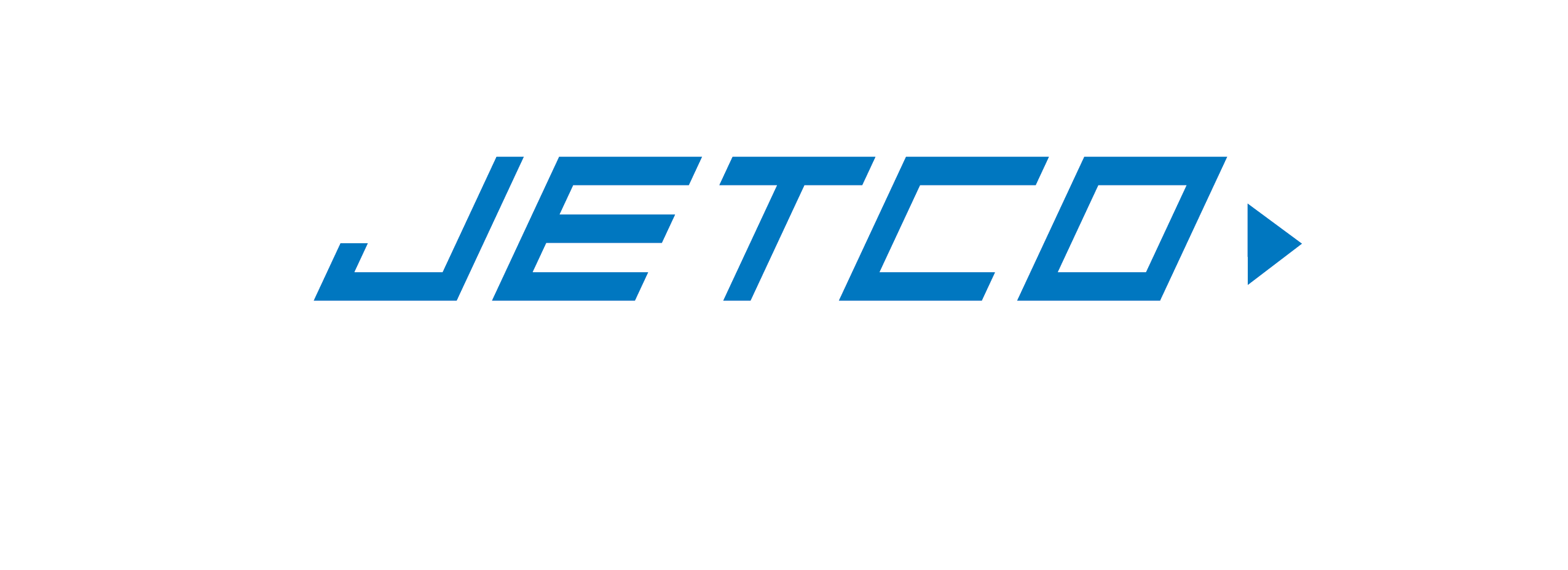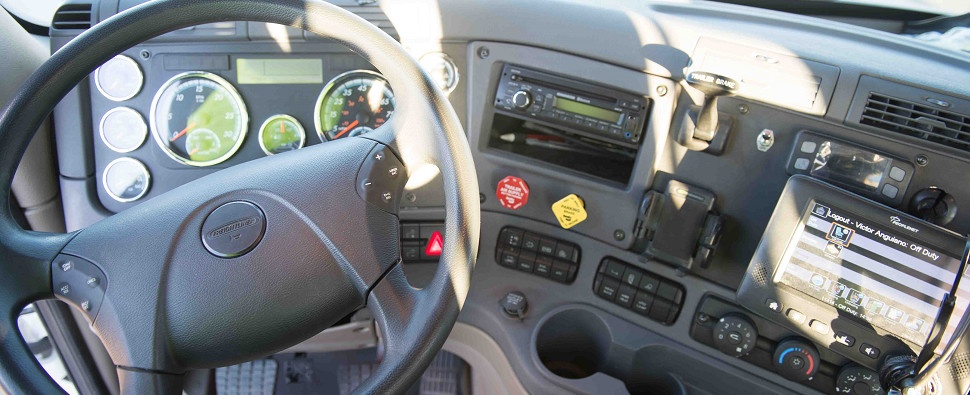 A tremendous shift is coming to the trucking industry, and it’s certain to impact shippers and intermediaries nationwide. As of December 18, 2017 carriers and drivers who are using paper logs or logging software must transition to electronic logging devices (ELDs). Think of an ELD as the “black box” in an airplane. They make it easier to track and manage a driver’s duty status and they synchronize with a vehicle engine to automatically record hours of service.
A tremendous shift is coming to the trucking industry, and it’s certain to impact shippers and intermediaries nationwide. As of December 18, 2017 carriers and drivers who are using paper logs or logging software must transition to electronic logging devices (ELDs). Think of an ELD as the “black box” in an airplane. They make it easier to track and manage a driver’s duty status and they synchronize with a vehicle engine to automatically record hours of service.
For too long, some carriers pushed the envelope on hours of service and in some cases used two sets of paper logs to mask hour violations. Now the industry is on a more level playing field. The “black box” will be on board every ride.
What does the ELD mandate mean for shippers? Even though December 2017 seems like a long time away, it’s just around the corner when you consider that most trucking companies don’t use ELDs. Shippers are advised to survey their core carriers as to whether they currently employ ELDs, or have a transition plan. If a carrier suggests ELDs are a bad idea, this is a red flag. ELDs are now the law so shippers should only work with carriers who have, or will have ELDs.
Consider this scenario: The distance from shipper to consignee is 750 miles. As a gross over simplification, the current law caps drive time at 11 hours and on-duty time at 14 consecutive hours. They’re also required to take a 30 minute, off-duty break for everyelectronic logging deviceselectronic logging devicee continuing. A carrier who cheats the system might drive more hours than allowed to make the journey.
If the carrier cheated the system and complies with mandated ELDs, shippers can expect price increases. The hypothetical 750 miles without a break isn’t feasible. These carriers may also experience higher turnover. This will also boomerang rate increases to reflect real costs of running within legal hours. Shippers may need to reset how many hours Point A to Point B really takes. Working with a noncompliant carrier, shippers may have a false sense of travel times, affecting production and planning.
If a shipper trusts its freight assets to non-asset based companies then they should ask the intermediary what it’s doing to prepare. This ensures that contract carriers are all compliant. Shippers should perform this base level of due diligence on asset-based carriers and brokers to avoid being accused of entrusting freight to a non-compliant carrier and avoid a truck being shut down by law enforcement mid-route.
Shippers will benefit from the ELD mandate. Carriers should know where their trucks are down to the blade of grass – avoiding an ambiguous status of load. If the load is involved in an accident, all parties should have access to location, rate of speed and deceleration. All parties will benefit from being able to prove arrival time, free time, detention time and departure time, allowing carriers to be compensated fairly for lost time. .
I’m proud to be a part of the trucking indshiustry and to join with those committed to the safety and service of our nation’s highways. Carriers who do not have ELDs will learn to embrace them prior to December 2017 while shippers will benefit from eliminating carriers who have not committed.
Follow Jack Welch’s advice, “Change before you have to.” Shippers should immediately develop an ELD strategy with respect to their carriers and brokers.
About the Author
Brian Fielkow is CEO of Jetco Delivery. He is author of Driving to Perfection: Achieving Business Excellence by Creating a Vibrant Culture. As an expert on company culture, Brian teaches audiences how to grow their culture and raise the bar on safety. Find out more about Brian here: http://brianfielkow.com/



